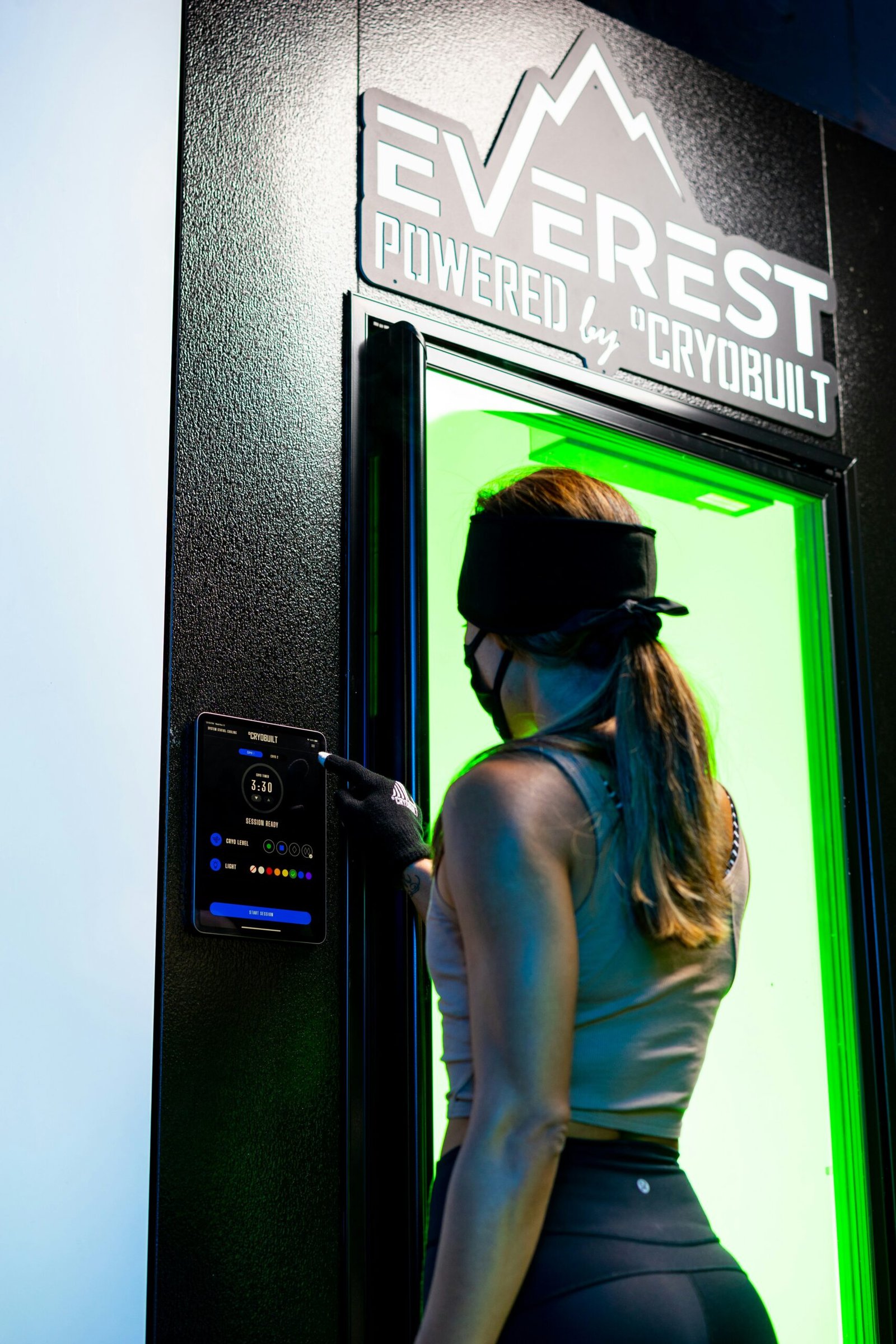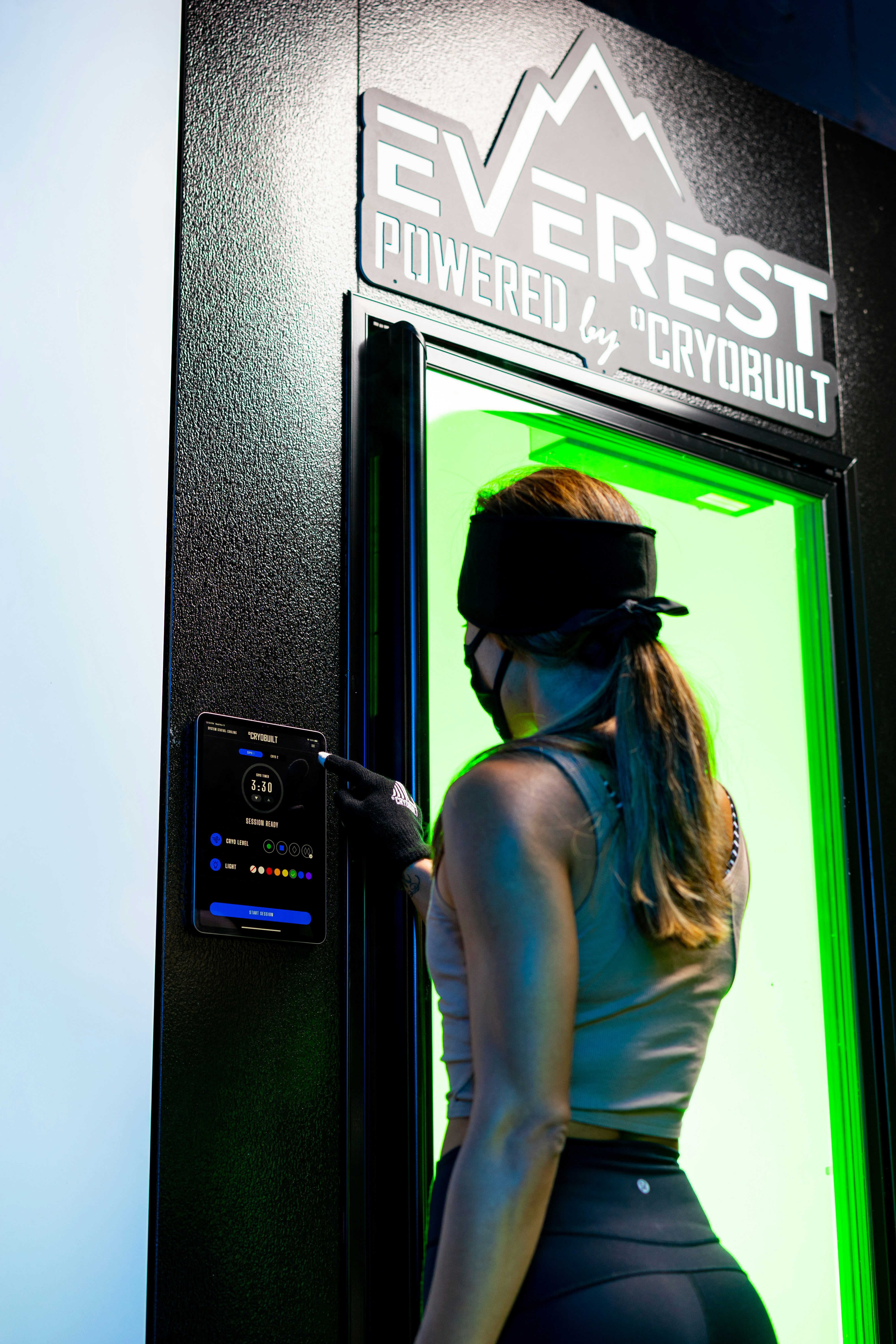Have you ever wondered how something as simple as cold can offer relief from the persistent nuisance of joint pain and arthritis? It might seem a bit counterintuitive that applying cold could bring comfort, especially if you associate warmth with soothing relief. Yet, cold therapy has become a trusted companion for many in managing the throbbing discomfort that joint pain or arthritis brings into their lives. For those grappling with these conditions, understanding how cold therapy works its magic is essential.
Understanding Joint Pain and Arthritis
What is Joint Pain?
Joint pain can affect any part of your body, from your ankles and feet to your shoulders and hands. It often ranges from a mild soreness to a more severe condition that can significantly impair daily activities. This discomfort can stem from various causes, including injury, inflammation, infections, or an underlying chronic condition such as arthritis.
Different Types of Arthritis
Arthritis is not a singular condition but a term that encompasses over 100 different types. The two most common forms are osteoarthritis and rheumatoid arthritis. Osteoarthritis involves wear-and-tear damage to a joint’s cartilage, while rheumatoid arthritis is an autoimmune disorder where the immune system mistakenly attacks the body’s own tissues.
Symptoms and Effects on Daily Life
Living with joint pain and arthritis can be a constant battle. Pain, swelling, and stiffness are common symptoms that can make even the simplest tasks challenging. The lack of mobility can affect your freedom and independence, sometimes even leading to feelings of isolation or depression.
The Basics of Cold Therapy
What is Cold Therapy?
Cold therapy, also known as cryotherapy, involves applying cold to an affected area to reduce swelling and numb pain. It’s an old yet simple and effective physical medicine that uses easy-to-source materials, such as ice packs, frozen gel packs, or even a bag of frozen peas.
How Cold Therapy Works
The premise of cold therapy lies in reducing blood flow to a particular area, which can significantly decrease inflammation and swelling that causes joint pain. Moreover, cold applications temporarily lessen nerve activity, providing pain relief. This simple physiological response can be a powerful ally against the debilitating pain that arthritis can cause.
Different Methods of Cold Therapy
You can apply cold therapy through various methods, each with its own set of benefits. Ice packs, for example, are ideal for more focused treatment on a specific joint. Cold compresses can be used for less direct applications, while ice baths provide comprehensive relief through full immersion.
The Science Behind Cold Therapy and Joint Pain Relief
How Cold Affects the Nerves
When you apply cold, it slows down nerve transmission, which helps reduce pain signal dispatch to the brain. By altering the nerve’s response to pain, cold therapy effectively blocks pain sensation.
Reducing Inflammation and Swelling
Cold therapy constricts blood vessels, reducing blood flow and thereby diminishing inflammation and swelling. This is particularly useful for arthritis sufferers who often experience swelling in their joints.
The Healing Process
Chronic joint issues require long-term strategies. Cold therapy can jumpstart the healing process by lessening inflammation, making joint movement easier and less painful in the short term. Over time, this can contribute to improved joint health and functionality.
Cold Therapy for Different Types of Arthritis
Osteoarthritis
For those with osteoarthritis, cold therapy can be a practical part of pain management. Decreasing the temperature around inflamed joints helps lower muscle spasms and numbs deep pain, making everyday movements less painful.
Rheumatoid Arthritis
While rheumatoid arthritis sufferers might initially feel better with heat, cold therapy can offer a reprieve during acute flare-ups when swelling becomes more pronounced. By reducing the heat and swelling in the joints, you can achieve notable pain relief.
Other Arthritic Conditions
Various other forms of arthritis, such as psoriatic arthritis and gout, may benefit from cold therapy. The principles remain consistent: reduce swelling, control inflammation, and relieve pain effectively.
Implementing Cold Therapy: Practical Tips
Selecting the Right Cold Pack
Choosing the correct type of cold application is crucial. Reusable ice packs or homemade versions from frozen vegetables offer convenience and flexibility. Ensure that the cold pack conforms to the body’s shape for the best results.
Duration and Frequency of Use
Cold therapy should be applied in short intervals, typically 15-20 minutes at a time, to avoid skin damage. It’s important to listen to your body; persistence with regular sessions, while avoiding overuse, can maximize benefits.
Safety Precautions
Since cold can damage the skin, always place a barrier, like a cloth, between your skin and the ice pack. Never apply cold therapy longer than the recommended duration and consult with a healthcare professional if you notice any adverse reactions.
The Psychological Benefits of Cold Therapy
Stress Reduction
Pain can lead to stress, and managing it effectively alleviates this tension. Cold therapy can quickly reduce pain levels, benefiting mental health as stress levels fall.
Mood Improvement
By offering immediate relief, cold therapy can uplift your mood swiftly. Your brain receives signals that the pain is lessening, leading to feelings of relief and greater mental well-being.
Building a Positive Feedback Loop
Regularly practicing cold therapy can create a positive feedback loop. As you start to associate cold therapy with pain relief and improved functionality, it becomes easier to stick with routines that foster long-term health benefits.

Combining Cold Therapy with Other Treatments
Medication
While cold therapy can drastically reduce pain and swelling, it is often used in conjunction with medication to offer a holistic approach to manage arthritis.
Physical Therapy
Physical therapy can complement cold therapy by strengthening muscles around joints, improving your range of motion, and ultimately helping you maintain mobility.
Lifestyle Modifications
Incorporating lifestyle changes can enhance the effectiveness of cold therapy. Diet, exercise, and weight management all play vital roles in managing arthritis symptoms over the long term.
Testimonials: Real-Life Experiences
Patient Stories
Many individuals living with arthritis have found a newfound quality of life through cold therapy. Conversations with those who have implemented it reveal increased comfort, better mobility, and enhanced daily experiences.
Professional Endorsements
Health professionals often support the use of cold therapy within a broader arthritis care plan, themselves recognizing its significant potential to relieve pain without invasive procedures or strong medication.
Debunking Common Myths About Cold Therapy
“Cold Will Make It Worse”
A common misconception is that cold will exacerbate symptoms. In reality, when used correctly, cold therapy can be one of the most efficient ways to manage acute pain episodes.
“Only Heat Can Soothe Pain”
While heat has its place in soothing certain conditions, particularly during muscle spasms, cold therapy excels when it comes to inflammation and initial acute injuries.
“You Must Avoid Cold in the Winter”
Another myth is the avoidance of cold therapy during colder months. Being indoors and using cold strategically negates ambient temperatures, allowing for effective pain management year-round.
The Future of Cryotherapy for Arthritis
Technological Advancements
Innovations in cryotherapy techniques and equipment are rapidly evolving, with new devices offering targeted relief to the joints with increased efficiency and comfort.
Research and Clinical Studies
Ongoing research aims to further solidify cold therapy’s place in clinical settings. As evidence grows, the integration of cold therapy into standardized arthritis treatment protocols looks promising.
Conclusion
Understanding the impact of cold therapy on joint pain and arthritis can empower you to make informed decisions about your health and pain management strategies. This simple, accessible method offers both immediate and sustainable relief. As you consider incorporating cold therapy into your routine, you’ll likely find it becoming a welcome part of your approach to managing arthritis, gaining comfort and resilience in the process.




